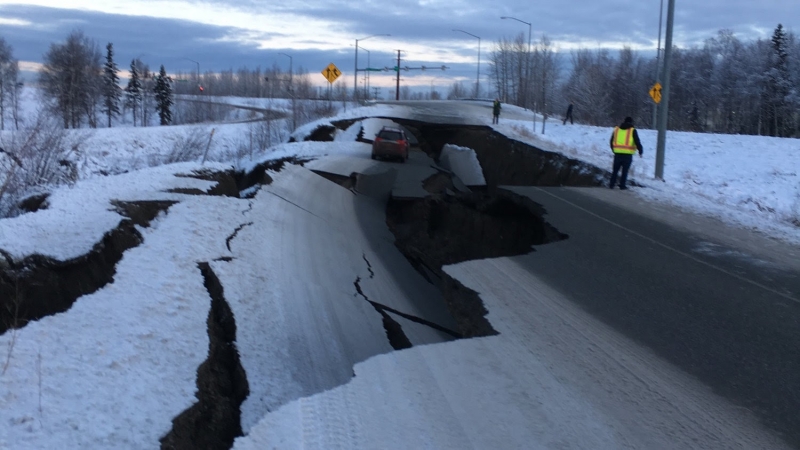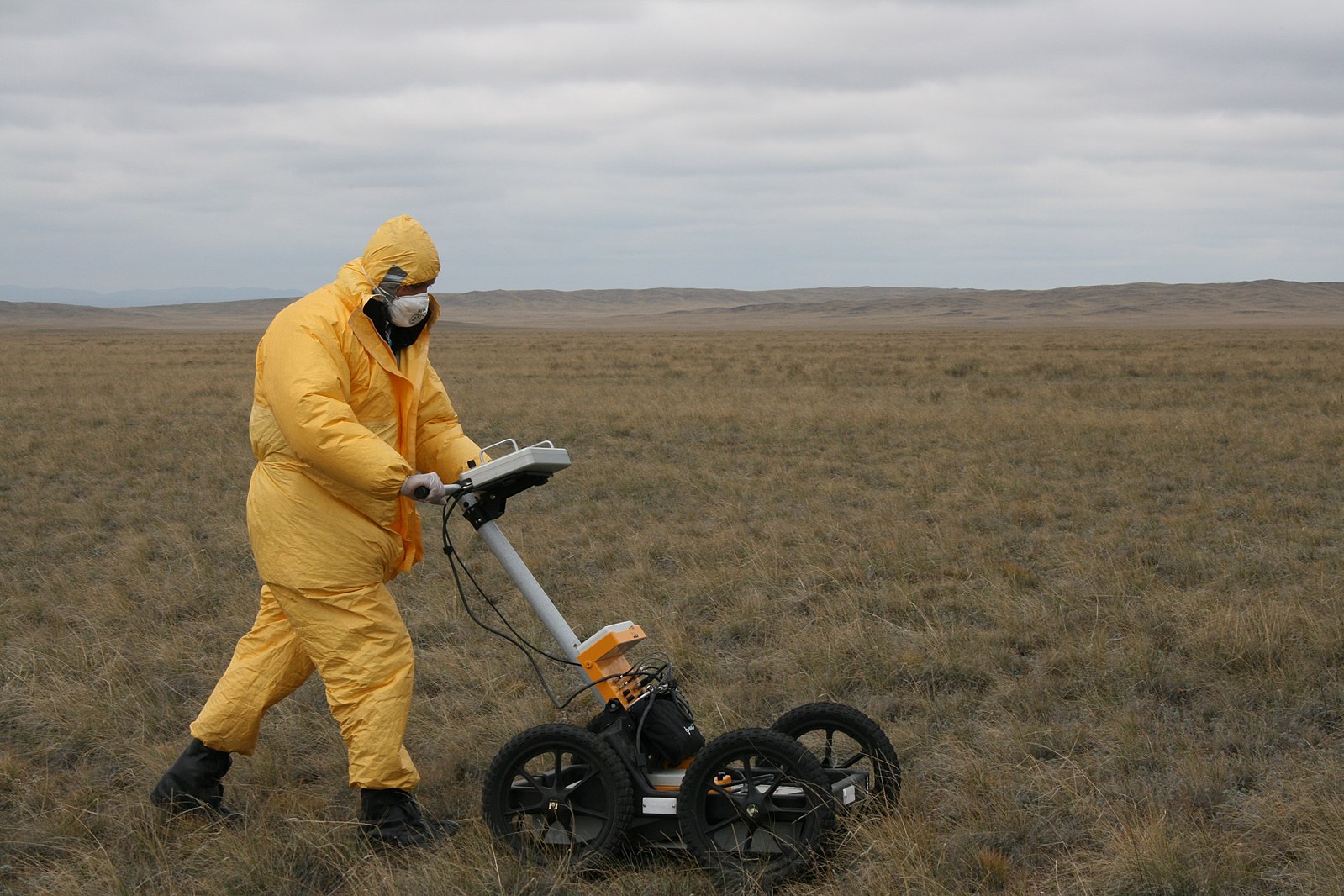In Scribes’ Descent, after a quake hits Feldencourt, the ground splits open to expose a vast cave system 100 meters below the city.
 |
How did it go unnoticed for centuries prior when they had ground penetrating radar (GPR)?
Klein explained it this way: “Nobody knew [the caves] existed because ground penetrating radar only sees about thirty meters down.”
Unvoiced in the book is another objection: don’t skyscrapers need deep foundations to support their weight? Wouldn’t the builders have drilled down into the caves?
Well, the foundation pilings of even the tallest buildings only sink to a depth of about 75 meters. But because Feldencourt sits on the foothills of the Thassi mountain range, bedrock lies close to the surface. Pilings don’t have to run deep.
And so structural engineers didn’t need ground penetrating radar to penetrate very far. They had no incentive to look deeper.
Furthermore, all that bedrock absorbs and reflects radar. There is just too much conductive material in rock to allow radio waves to pass through. In fact, radio waves lose depth exponentially through topsoil before they reach solid stone.
A thin layer of water also blocks radio. Water is full of ions that conduct electricity. And at high frequencies, water also absorbs electromagnetic waves–that’s how microwave ovens work. (Now I’m hungry. Time to fire up the food penetrating radar…)
All these impediments combine to impose hard limits on GPR. It’s not simply a matter of how sensitive the equipment is–the laws of physics get in the way of the photons. You have to use a different particle, one that’s not blocked by conductive materials.
So why not use the new namiron neutrino comm system the Facility released in the beginning of Scribes’ Descent? Its very effectiveness at passing through matter makes it unsuited for this purpose. To detect materials, particles have to bounce off the material and return to the detector. But because namirons don’t interact with most matter, they’ll keep on going.
Only a particular metal called narvite can absorb namiron neutrinos, and it must first undergo allotropic phase transformation. While this metal exists in Daishon’s crust, its natural allotropes don’t include the one needed to reflect namirons. Now, don’t confuse the word allotrope with allosaurus. For those material scientists among you–if you work out how to perform an allosauric phase transformation, I will NEED photos of the result. 😆
 |
While I’m clarifying things, namirons are fictional subatomic particles in the Scribeverse, and narvite is a fictional metal. I’m the universe’s creator, so I get to make stuff up!
Because even Imnan technology can’t see through bedrock, Mallory hopes to build magma bots that can dive down volcanoes and take images from inside the planet. Of course, that poses a whole new set of engineering problems. One we might save for a later newsletter.
If you’re a particle physicist and you happen upon a new subatomic particle, please give it the name namiron. I’ll make you a character in the video game if you do 😃
Writing update: I’m deep in the throes of revising Scribes Aflame. If you’ve read book 1 and want to beta read book 2, reply and let me know.
See you next month,
Dylan West

